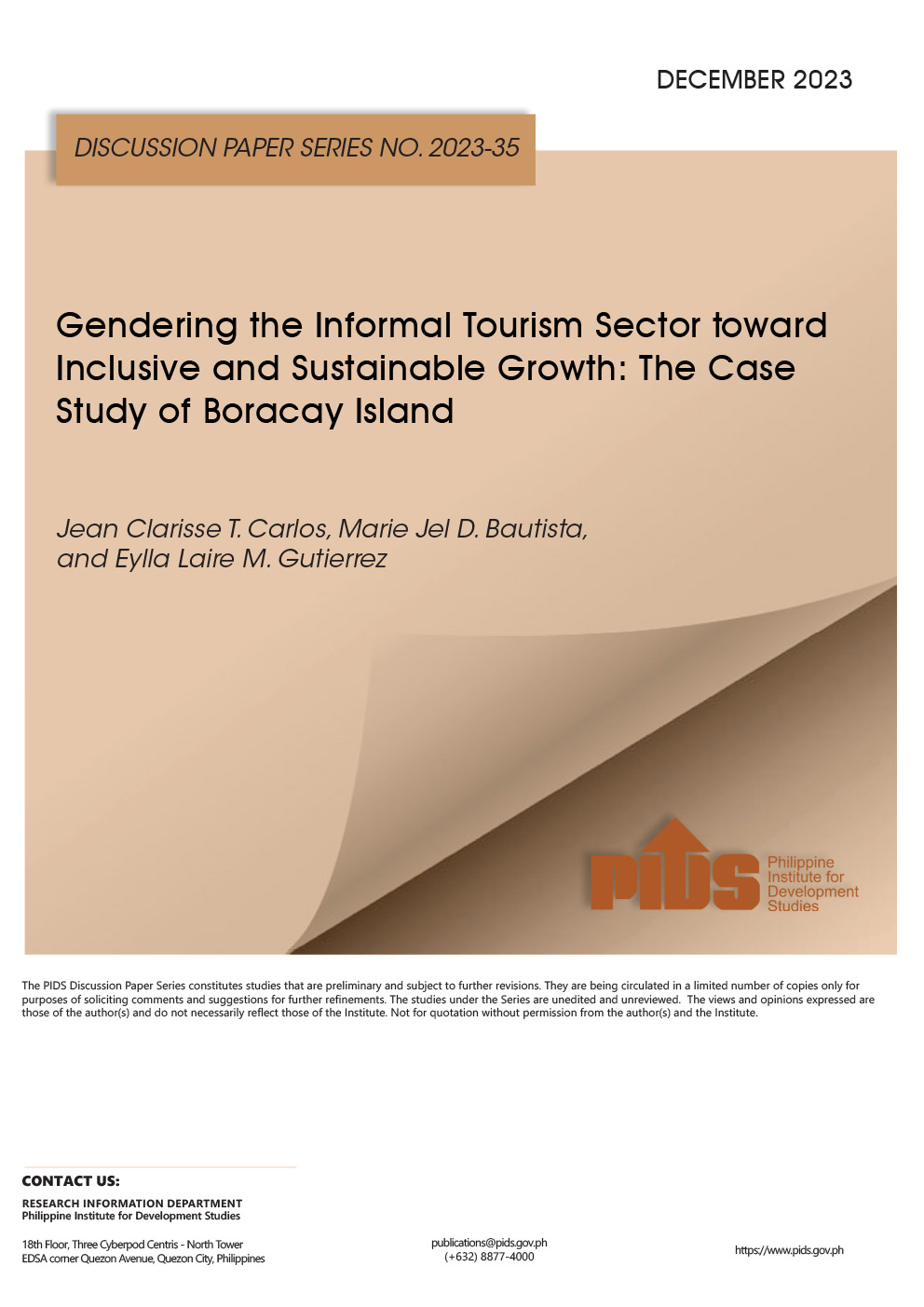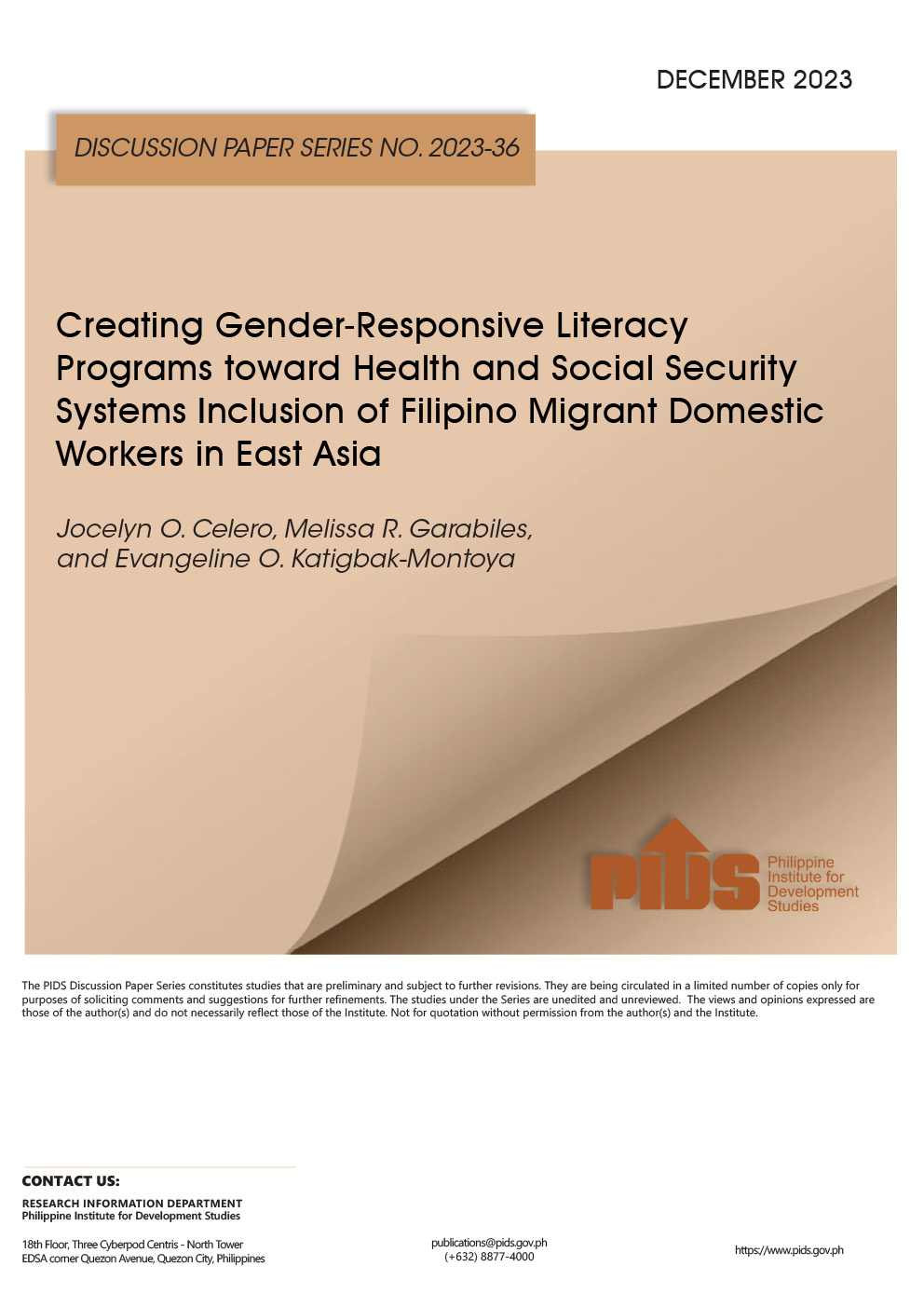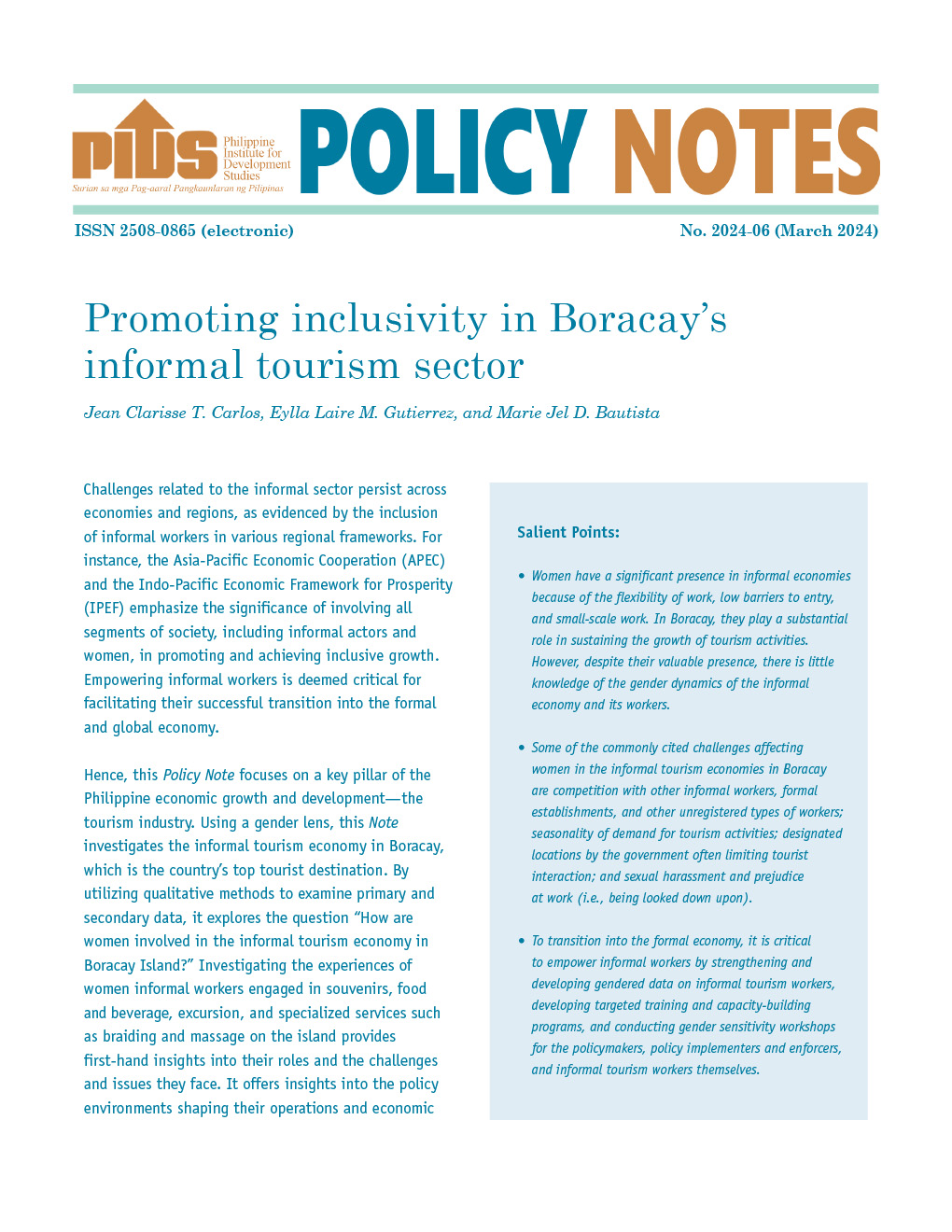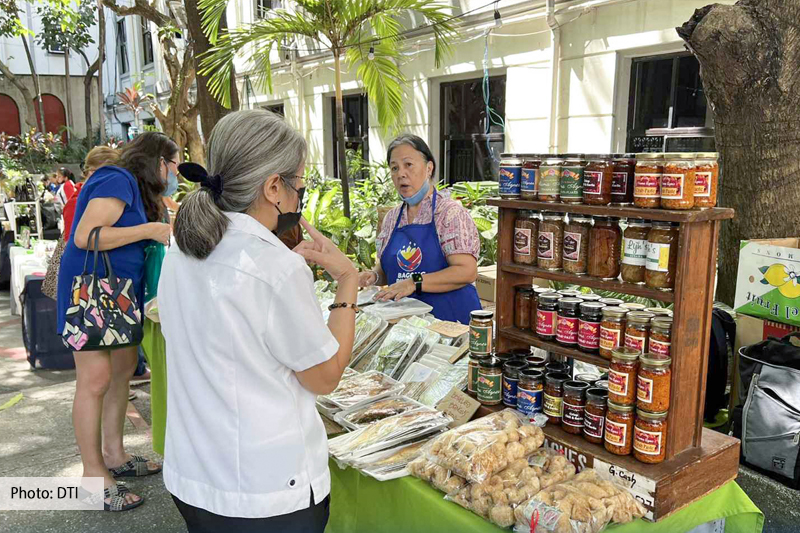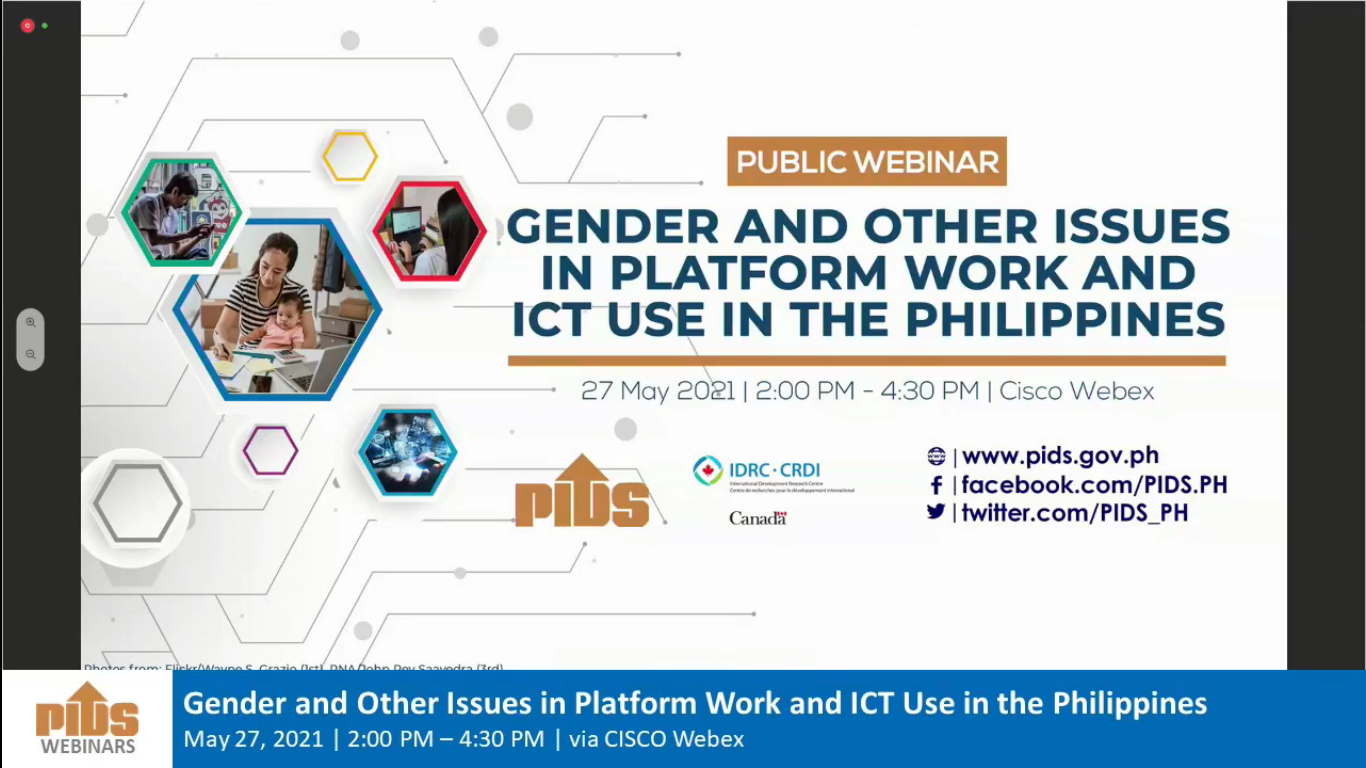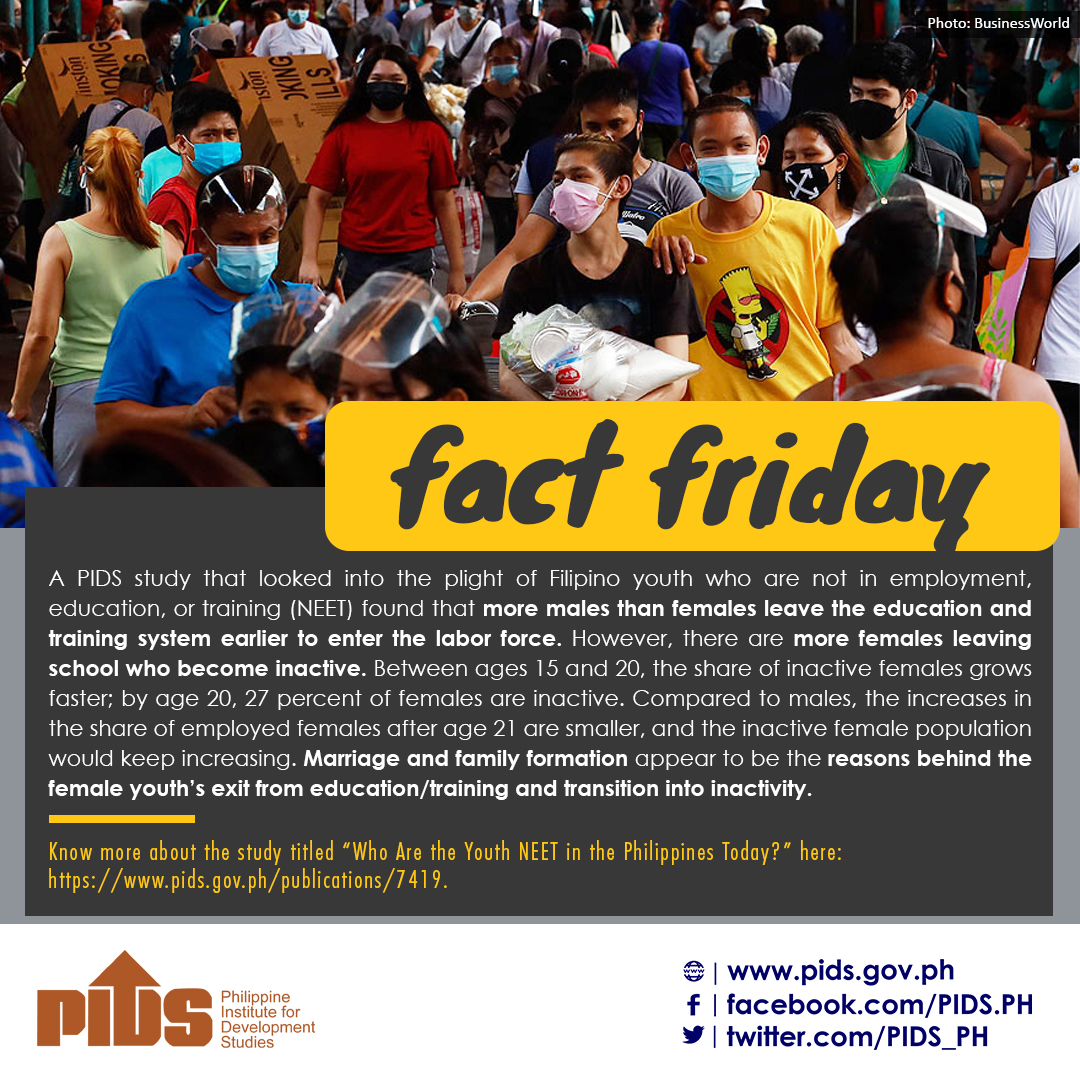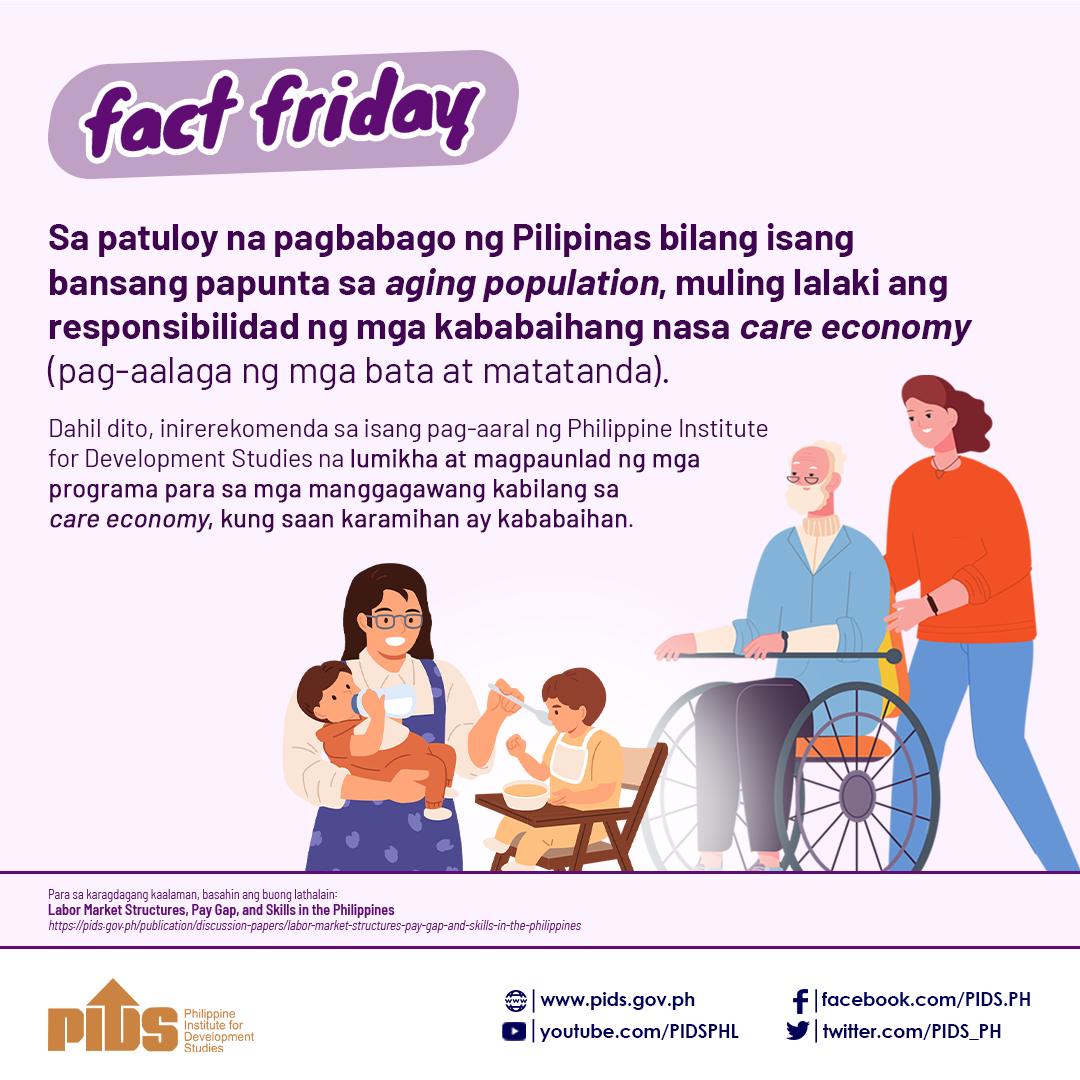Working Girls, a classic film by renowned filmmaker Ishmael Bernal in 1984, depicts how women are treated in the corporate world.
In the movie, seven women bank employees, in pursuit of their dreams, took different paths in their chosen careers. Together, they told the stories of the perils and pitfalls of being a working woman in the 1980s. One became a mistress, while another had a child out of wedlock, among others.
The movie also showed the role abusive men played in the lives of working women. There are the playboys, philandering types, and even insecure husbands, to name a few. Men’s harassment in the form of whistles and snide remark thrown at working women were also showed in the film.
The movie had some comedic aspects, but the treatment of women was no laughing matter. The film showed just how high the glass ceiling is for many women, preventing them from maximizing their potential and be truly successful in the work force.
Unspeakable difficulties
The movie is over three decades old, yet, women remain the subject of gender inequality in the workplace. Many women continue to be left out of the work force and those who join face unspeakable difficulties.
“It’s not just a Philippine problem, it’s a global problem,” Marjorie Pajaron of the University of the Philippines School of Economics (UPSE) said. “Culturally, it’s still a patriarchal system, how women are treated. The sexual harassment, etc., are all indicative of not just lack of support from the government, the Constitution, but is deeper [because it is cultural].”
Discouraged workers?
Data from the Philippine Statistics Authority (PSA) showed that women’s labor force participation rate was only 50.1 percent, significantly lower than the men’s rate of 77.3 percent.
Based on 2015 data, there were 16.28 million females in the work force, while there were 25.06 million men. These numbers represented 44.7 percent of the female population and 72.2 percent of the male population, respectively.
This low labor force participation rate is one of the reasons the Philippines scored low in terms of economic participation and opportunity in the World Economic Forum’s (WEF) Global Gender Index (GGI).
How PHL fares
Based on the 2017 GGI rankings, the Philippines ranked 25th out of 144 economies in economic participation and opportunity because the country was only 106th in terms of labor force participation.
“With respect to women, what we want to happen is an increase in the labor force participation of women. At the moment, it is low compared to our neighbors, the labor force participation of women is 46 [percent], sometimes it goes up to 47 [percent] and we want this substantially increased; one, because it’s needed for the Ambisyon and, two, we think with economic empowerment also comes empowerment in general for the women,” said Rosemarie G. Edillon, National Economic and Development Authority (Neda) undersecretary for policy and planning.
On top of the low labor force participation, women also have lower salaries and wages compared to men. This leads to them having less income than their male counterparts.
Based on the GGI, the Philippines ranked only 38th out of 144 economies in estimated earned income, which was computed in purchasing power parity (PPP), and 21st in wage equality for similar work.
The GGI showed the estimated earned income of women amounted to $6,290 in PPP terms, while men had a higher earned income of $9,302.
This may largely be due to the fact that PSA data showed fewer women are considered high-income earners. In terms of being officials of the government and self-interest organizations, corporate executives, managers, managing proprietors and supervisors, there are 3.25 million men and only 2.92 million women.
More women are service, shops and market sales workers at 2.46 million; clerks, 1.49 million; and professionals, 1.28 million. This is nearly as much as the 5.05 million laborers and unskilled workers in the economy.
“There are a lot of women who are employed relative to other countries [where] women cannot work. If you look at BPO [business-process outsourcing], it seems it’s equal. In academe, it depends probably on the department or college. There are so many factors before going to job opportunities; there are other factors, such as vocational education, the income level of the province…it’s hard to really pinpoint the job disparity. But, of course, when you look at wage, then that’s a different thing,” Pajaron said.
Unpaid or lowly paid
Even worse is the trend that the proportion of unpaid family workers who are women has increased between 2000 and 2015. Unpaid family workers include laborers and unskilled workers, service, shop and market sales workers.
PSA data showed the highest proportion of women who were unpaid family workers was 59.1 percent in 2015, while the lowest was at 51.6 in 2000. Among men, the highest was 48.9 percent in 2000, and the lowest was 40.9 percent in 2015.
Edillon also said women can’t get a break in terms of promotion. Many of them, especially those doing menial jobs, keep the same positions until they retire.
“I’m really surprised that you’re seeing a number, among the low-paying jobs and they’re already very, very mature, like you have very, very old security guards, they grew old in the same position,” she said.
Further, in a 2017 Policy Note, Philippine Institute for Development Studies (PIDS) senior research fellow Connie Bacuyan-Dacuycuy and De La Salle University’s Lawrence Dacuycuy said one of the reasons women cannot access economic and employment opportunities is housework.
They said housework remains a woman’s domain, preventing them from participating in the labor force. Since they are not part of the labor force, their economic contributions in the country have been limited and/or undervalued.
“Men provide and their place is in the labor market. As a result, women’s contributions to society tend to become undervalued, if not invisible,” the authors said.
The authors added the time required to complete housework, which includes taking care of children and the elderly, reduces the chances of women to have regular paying jobs.
If they have regular jobs, the weight of performing housework remains fixed on their shoulders. This is often termed as “second shift,” overburden in sociology researches, and time poverty in studies on multidimensional poverty.
However, when women’s wages increase, their husbands’ time devoted to housework also increases, which, according to the authors, may be interpreted as a way to support their career.
“Given that taking care of children and the elderly typically falls on women’s sphere of responsibilities, women may find it hard to focus on their market work, in case they have one,” the authors said.
“Hence, women may be situated in a relatively disadvantageous position, if not face de facto discrimination, in the formal labor market,” they added.
Apart from this, the working conditions faced by women in the work force remain difficult. PSA data showed there was a sharp increase in sexual violence in the workplace, especially among single women.
Sexual harassment
In 2013 around 10.7 percent of women aged 15 to 49 years old who were never married reported that they experienced some form of sexual harassment from their employer or someone in the workplace.
This is higher than the 2.2 percent incidence among women in this age bracket who are married. This is also higher than the zero incidence among never-married women reported in 2008.
Better future
In order to improve the plight of women, Bacuyan-Dacuycuy and Dacuycuy urged the government to explore the imposition of a four-day workweek and tax incentives for salaried workers.
The four-day workweek will allow both women and men more time at home and share the burden of housework more equally.
Tax breaks, meanwhile, will give households more financial room to take on helpers and/or provide supplemental care for children and the elderly.
The study also urged the government to explore providing affordable daycare and tutorial services so that children may get good supplementary care while their parents are at work.
Workers in the informal sector, who are seldom covered by labor market policies and regulations, should also be prioritized and given more protection, the authors recommended.
In a separate policy note, University of the Philippines Prof. Clarissa David, PIDS senior research fellow Jose Ramon Albert, and research assistant Jana Flor Vizmanos said there is also a need to resolve or minimize domestic abuses and other forms of violence on women and children by focusing on women empowerment.
They also recommended that the government allocate funds for the provision of comprehensive health services to VAWC victims, which should include psychosocial, therapeutic, medical, and legal interventions and assistance.
“The long-term solution to VAW is women’s economic empowerment, as poverty remains at the root of much of domestic abuse and battering in the home, for both women and children—the same way that poverty is the root cause of human trafficking and slave labor,” the authors said.
“Poor and rural women are more likely to be victims of violence, more likely to be financially dependent on their husbands, and more likely to have more children than their urban counterparts,” they added.
While stricter statutes like the anti-red tape law (Republic Act 8353), anti-VAWC law, and the Magna Carta for Women are already in effect, the authors proposed for the implementation of more preventive measures and programs to address not only VAWC issues, but also trafficking and harassment.
They also recommended that local government units and relevant national agencies—such as the Department of Social Welfare and Development, Department of Health, and the Philippine Commission on Women—establish an action plan on how to establish, operate, and continuously fund shelters for women and children who were victims of violence and exploitation.
“Once laws are passed, implementation itself is heavy on enforcement [i.e., capture, investigation, prosecution] and light on victim care. This is a critical imbalance that needs correction, and one that will require champions and advocates in the government who will represent and defend the interests and safety of all women and girls,” the authors concluded.
Legal framework
For her part, Edillon said the government is mulling over the creation of a “legal framework” for part-time work, which will enable more women to be part of the labor force.
This aims to help women not only become more productive, but also improve on themselves by taking on additional training or get additional degrees. This will help boost their chances of climbing the corporate ladder.
Until these recommendations become a reality and the true value of women is recognized, allowing women to work in various companies may only be lip service. After all, giving women the opportunity to work and earn a decent living should not be a choice but a right that can be demanded by all.
In the movie, seven women bank employees, in pursuit of their dreams, took different paths in their chosen careers. Together, they told the stories of the perils and pitfalls of being a working woman in the 1980s. One became a mistress, while another had a child out of wedlock, among others.
The movie also showed the role abusive men played in the lives of working women. There are the playboys, philandering types, and even insecure husbands, to name a few. Men’s harassment in the form of whistles and snide remark thrown at working women were also showed in the film.
The movie had some comedic aspects, but the treatment of women was no laughing matter. The film showed just how high the glass ceiling is for many women, preventing them from maximizing their potential and be truly successful in the work force.
Unspeakable difficulties
The movie is over three decades old, yet, women remain the subject of gender inequality in the workplace. Many women continue to be left out of the work force and those who join face unspeakable difficulties.
“It’s not just a Philippine problem, it’s a global problem,” Marjorie Pajaron of the University of the Philippines School of Economics (UPSE) said. “Culturally, it’s still a patriarchal system, how women are treated. The sexual harassment, etc., are all indicative of not just lack of support from the government, the Constitution, but is deeper [because it is cultural].”
Discouraged workers?
Data from the Philippine Statistics Authority (PSA) showed that women’s labor force participation rate was only 50.1 percent, significantly lower than the men’s rate of 77.3 percent.
Based on 2015 data, there were 16.28 million females in the work force, while there were 25.06 million men. These numbers represented 44.7 percent of the female population and 72.2 percent of the male population, respectively.
This low labor force participation rate is one of the reasons the Philippines scored low in terms of economic participation and opportunity in the World Economic Forum’s (WEF) Global Gender Index (GGI).
How PHL fares
Based on the 2017 GGI rankings, the Philippines ranked 25th out of 144 economies in economic participation and opportunity because the country was only 106th in terms of labor force participation.
“With respect to women, what we want to happen is an increase in the labor force participation of women. At the moment, it is low compared to our neighbors, the labor force participation of women is 46 [percent], sometimes it goes up to 47 [percent] and we want this substantially increased; one, because it’s needed for the Ambisyon and, two, we think with economic empowerment also comes empowerment in general for the women,” said Rosemarie G. Edillon, National Economic and Development Authority (Neda) undersecretary for policy and planning.
On top of the low labor force participation, women also have lower salaries and wages compared to men. This leads to them having less income than their male counterparts.
Based on the GGI, the Philippines ranked only 38th out of 144 economies in estimated earned income, which was computed in purchasing power parity (PPP), and 21st in wage equality for similar work.
The GGI showed the estimated earned income of women amounted to $6,290 in PPP terms, while men had a higher earned income of $9,302.
This may largely be due to the fact that PSA data showed fewer women are considered high-income earners. In terms of being officials of the government and self-interest organizations, corporate executives, managers, managing proprietors and supervisors, there are 3.25 million men and only 2.92 million women.
More women are service, shops and market sales workers at 2.46 million; clerks, 1.49 million; and professionals, 1.28 million. This is nearly as much as the 5.05 million laborers and unskilled workers in the economy.
“There are a lot of women who are employed relative to other countries [where] women cannot work. If you look at BPO [business-process outsourcing], it seems it’s equal. In academe, it depends probably on the department or college. There are so many factors before going to job opportunities; there are other factors, such as vocational education, the income level of the province…it’s hard to really pinpoint the job disparity. But, of course, when you look at wage, then that’s a different thing,” Pajaron said.
Unpaid or lowly paid
Even worse is the trend that the proportion of unpaid family workers who are women has increased between 2000 and 2015. Unpaid family workers include laborers and unskilled workers, service, shop and market sales workers.
PSA data showed the highest proportion of women who were unpaid family workers was 59.1 percent in 2015, while the lowest was at 51.6 in 2000. Among men, the highest was 48.9 percent in 2000, and the lowest was 40.9 percent in 2015.
Edillon also said women can’t get a break in terms of promotion. Many of them, especially those doing menial jobs, keep the same positions until they retire.
“I’m really surprised that you’re seeing a number, among the low-paying jobs and they’re already very, very mature, like you have very, very old security guards, they grew old in the same position,” she said.
Further, in a 2017 Policy Note, Philippine Institute for Development Studies (PIDS) senior research fellow Connie Bacuyan-Dacuycuy and De La Salle University’s Lawrence Dacuycuy said one of the reasons women cannot access economic and employment opportunities is housework.
They said housework remains a woman’s domain, preventing them from participating in the labor force. Since they are not part of the labor force, their economic contributions in the country have been limited and/or undervalued.
“Men provide and their place is in the labor market. As a result, women’s contributions to society tend to become undervalued, if not invisible,” the authors said.
The authors added the time required to complete housework, which includes taking care of children and the elderly, reduces the chances of women to have regular paying jobs.
If they have regular jobs, the weight of performing housework remains fixed on their shoulders. This is often termed as “second shift,” overburden in sociology researches, and time poverty in studies on multidimensional poverty.
However, when women’s wages increase, their husbands’ time devoted to housework also increases, which, according to the authors, may be interpreted as a way to support their career.
“Given that taking care of children and the elderly typically falls on women’s sphere of responsibilities, women may find it hard to focus on their market work, in case they have one,” the authors said.
“Hence, women may be situated in a relatively disadvantageous position, if not face de facto discrimination, in the formal labor market,” they added.
Apart from this, the working conditions faced by women in the work force remain difficult. PSA data showed there was a sharp increase in sexual violence in the workplace, especially among single women.
Sexual harassment
In 2013 around 10.7 percent of women aged 15 to 49 years old who were never married reported that they experienced some form of sexual harassment from their employer or someone in the workplace.
This is higher than the 2.2 percent incidence among women in this age bracket who are married. This is also higher than the zero incidence among never-married women reported in 2008.
Better future
In order to improve the plight of women, Bacuyan-Dacuycuy and Dacuycuy urged the government to explore the imposition of a four-day workweek and tax incentives for salaried workers.
The four-day workweek will allow both women and men more time at home and share the burden of housework more equally.
Tax breaks, meanwhile, will give households more financial room to take on helpers and/or provide supplemental care for children and the elderly.
The study also urged the government to explore providing affordable daycare and tutorial services so that children may get good supplementary care while their parents are at work.
Workers in the informal sector, who are seldom covered by labor market policies and regulations, should also be prioritized and given more protection, the authors recommended.
In a separate policy note, University of the Philippines Prof. Clarissa David, PIDS senior research fellow Jose Ramon Albert, and research assistant Jana Flor Vizmanos said there is also a need to resolve or minimize domestic abuses and other forms of violence on women and children by focusing on women empowerment.
They also recommended that the government allocate funds for the provision of comprehensive health services to VAWC victims, which should include psychosocial, therapeutic, medical, and legal interventions and assistance.
“The long-term solution to VAW is women’s economic empowerment, as poverty remains at the root of much of domestic abuse and battering in the home, for both women and children—the same way that poverty is the root cause of human trafficking and slave labor,” the authors said.
“Poor and rural women are more likely to be victims of violence, more likely to be financially dependent on their husbands, and more likely to have more children than their urban counterparts,” they added.
While stricter statutes like the anti-red tape law (Republic Act 8353), anti-VAWC law, and the Magna Carta for Women are already in effect, the authors proposed for the implementation of more preventive measures and programs to address not only VAWC issues, but also trafficking and harassment.
They also recommended that local government units and relevant national agencies—such as the Department of Social Welfare and Development, Department of Health, and the Philippine Commission on Women—establish an action plan on how to establish, operate, and continuously fund shelters for women and children who were victims of violence and exploitation.
“Once laws are passed, implementation itself is heavy on enforcement [i.e., capture, investigation, prosecution] and light on victim care. This is a critical imbalance that needs correction, and one that will require champions and advocates in the government who will represent and defend the interests and safety of all women and girls,” the authors concluded.
Legal framework
For her part, Edillon said the government is mulling over the creation of a “legal framework” for part-time work, which will enable more women to be part of the labor force.
This aims to help women not only become more productive, but also improve on themselves by taking on additional training or get additional degrees. This will help boost their chances of climbing the corporate ladder.
Until these recommendations become a reality and the true value of women is recognized, allowing women to work in various companies may only be lip service. After all, giving women the opportunity to work and earn a decent living should not be a choice but a right that can be demanded by all.

